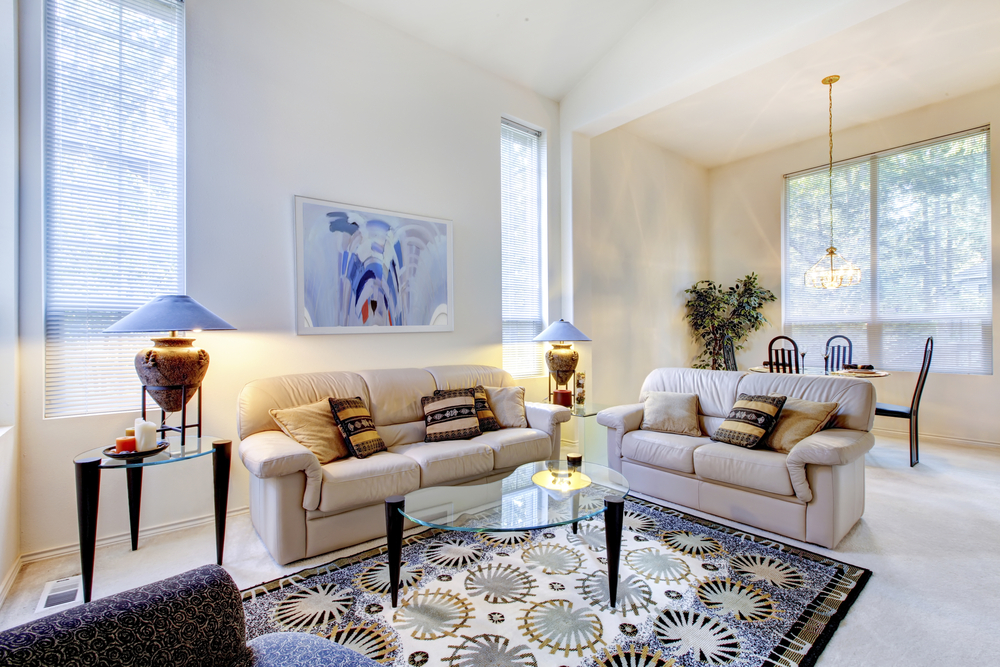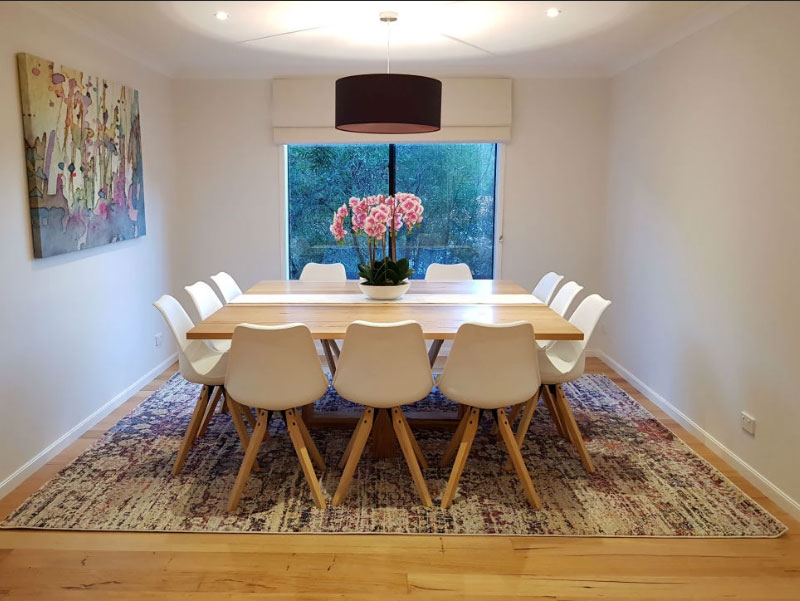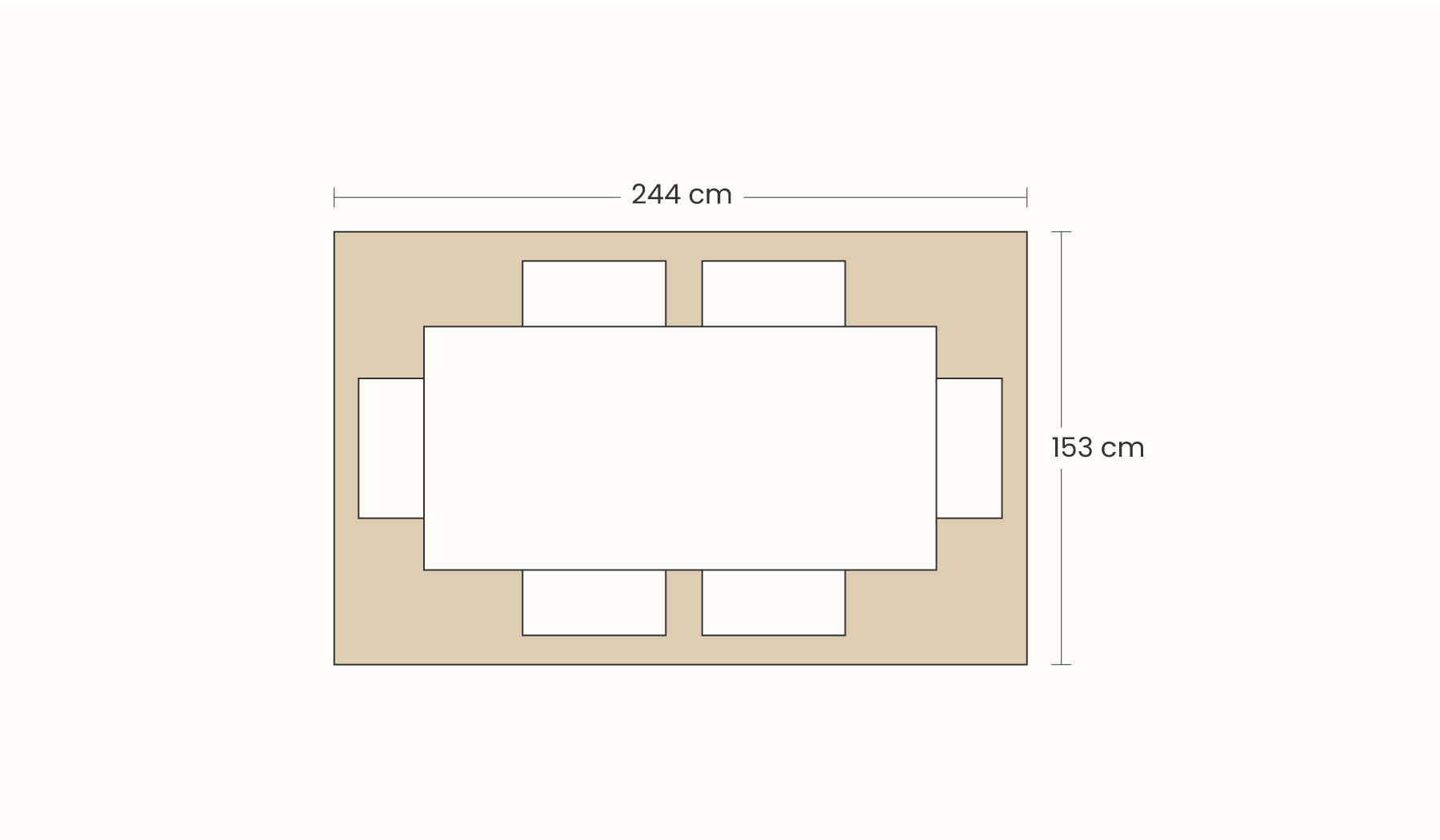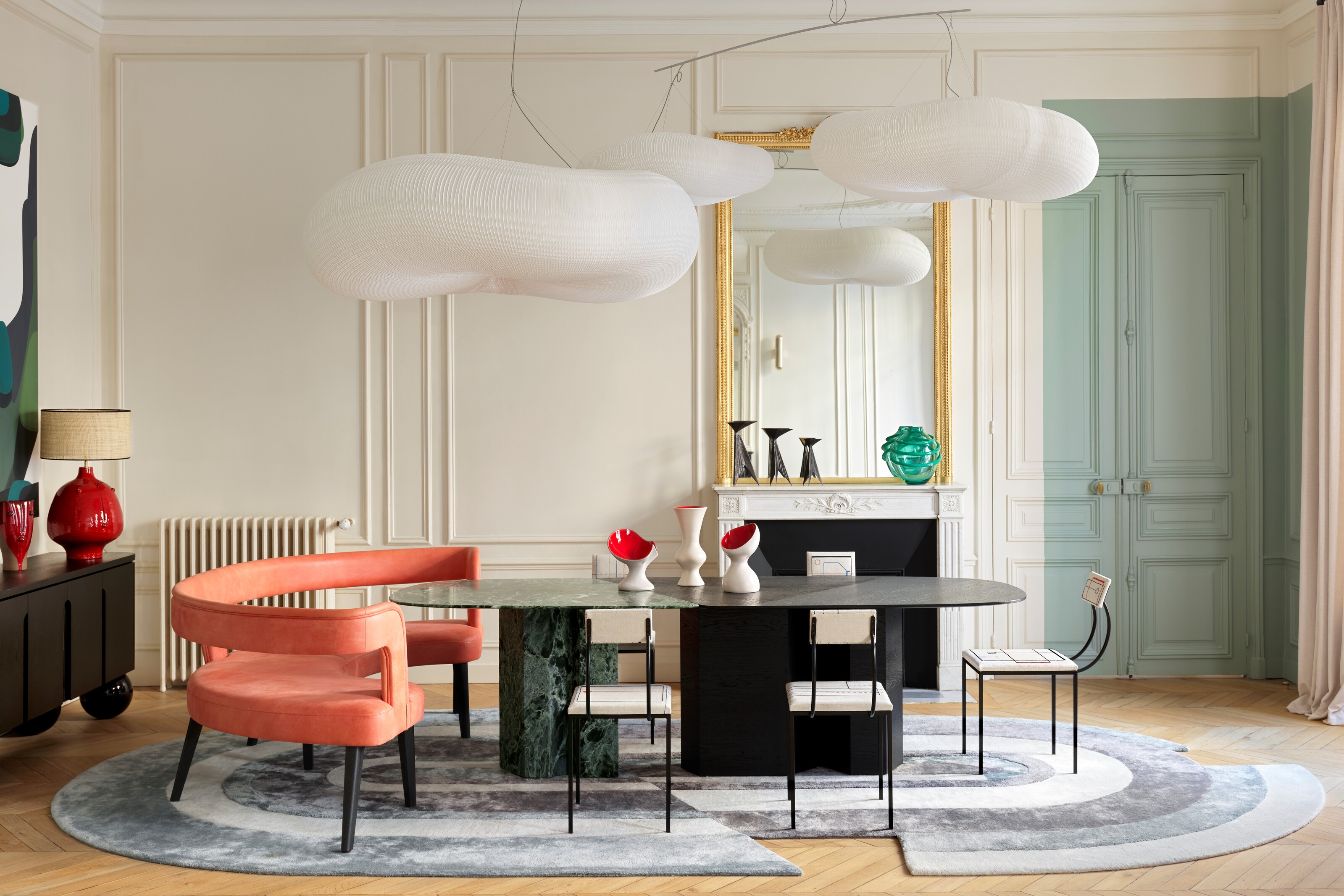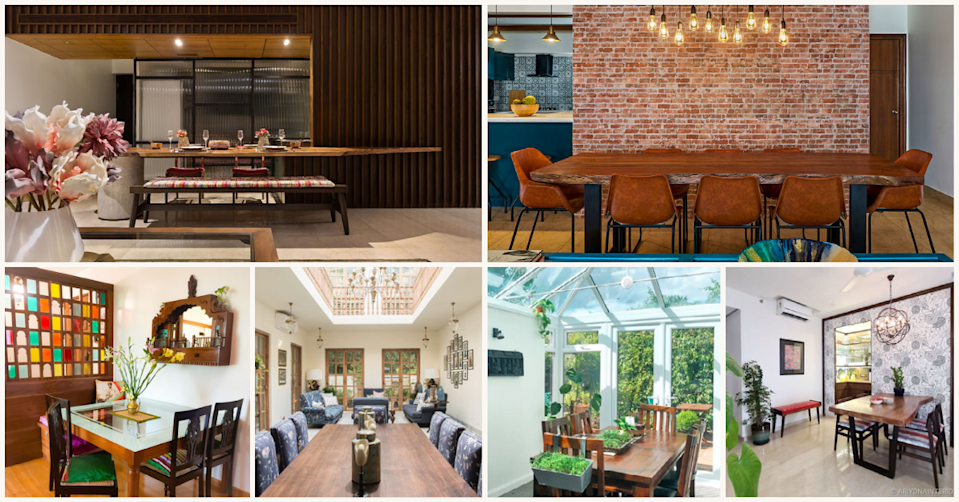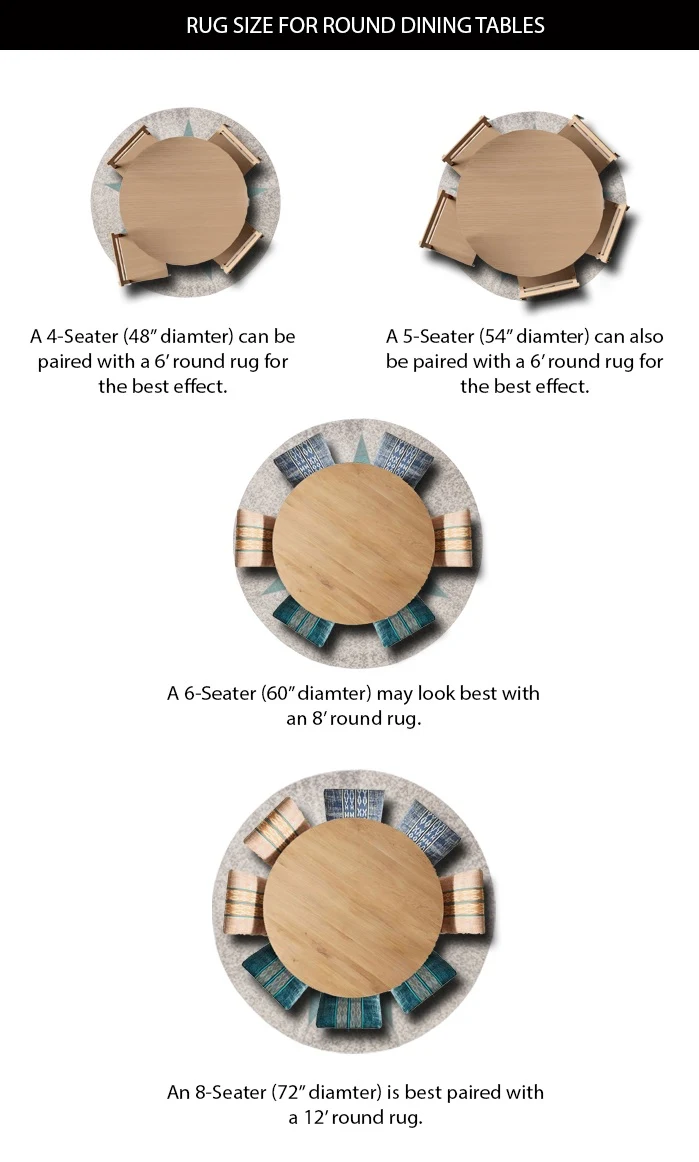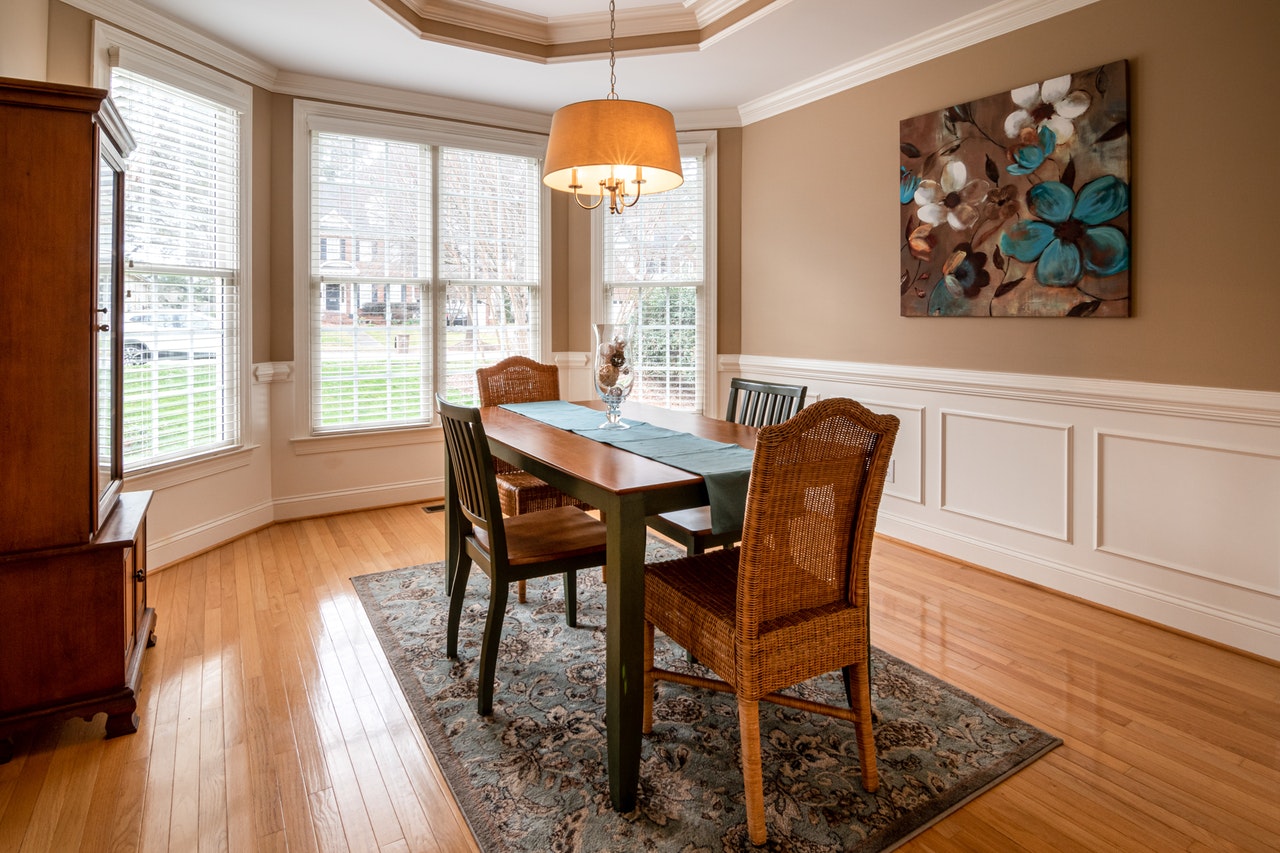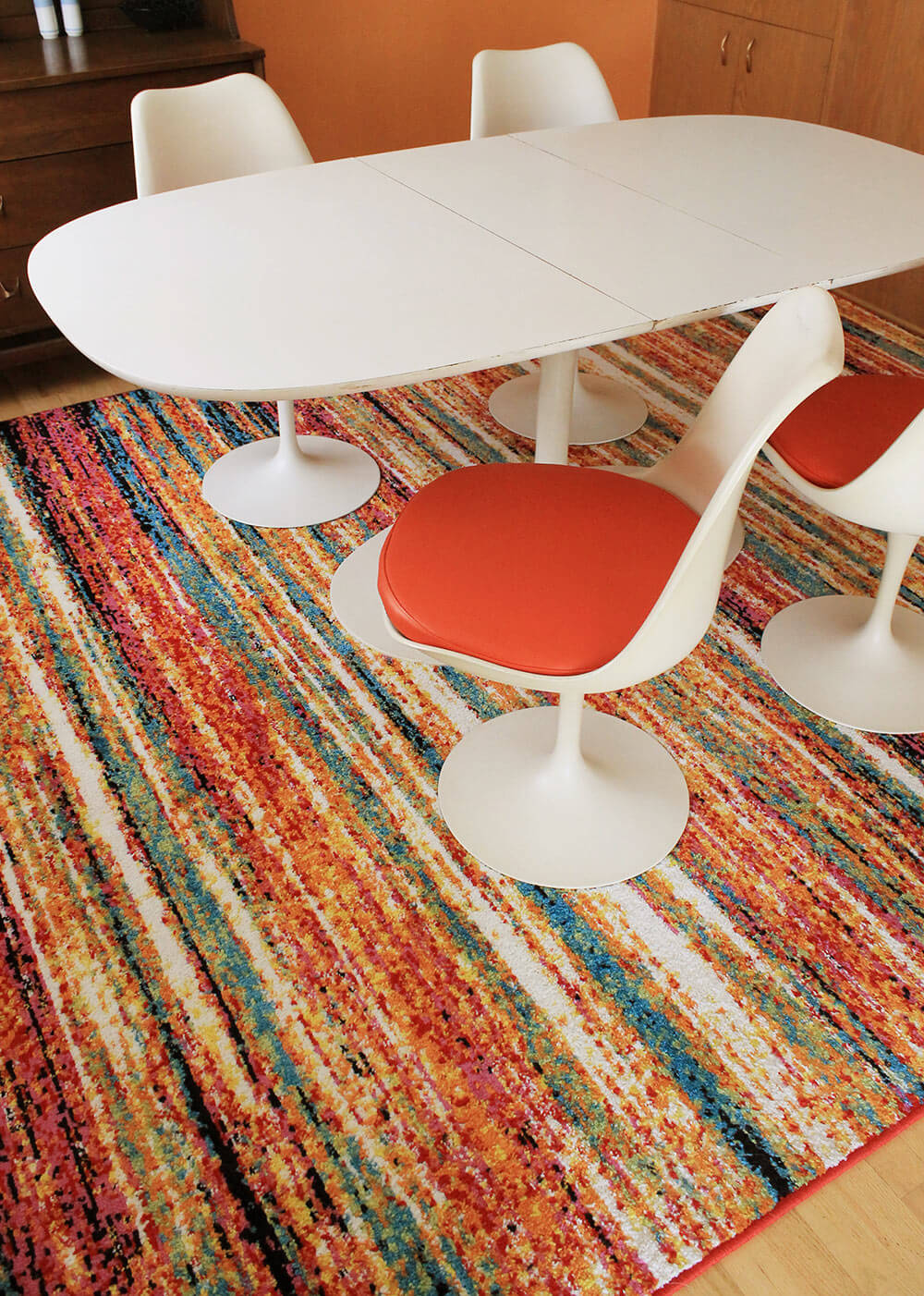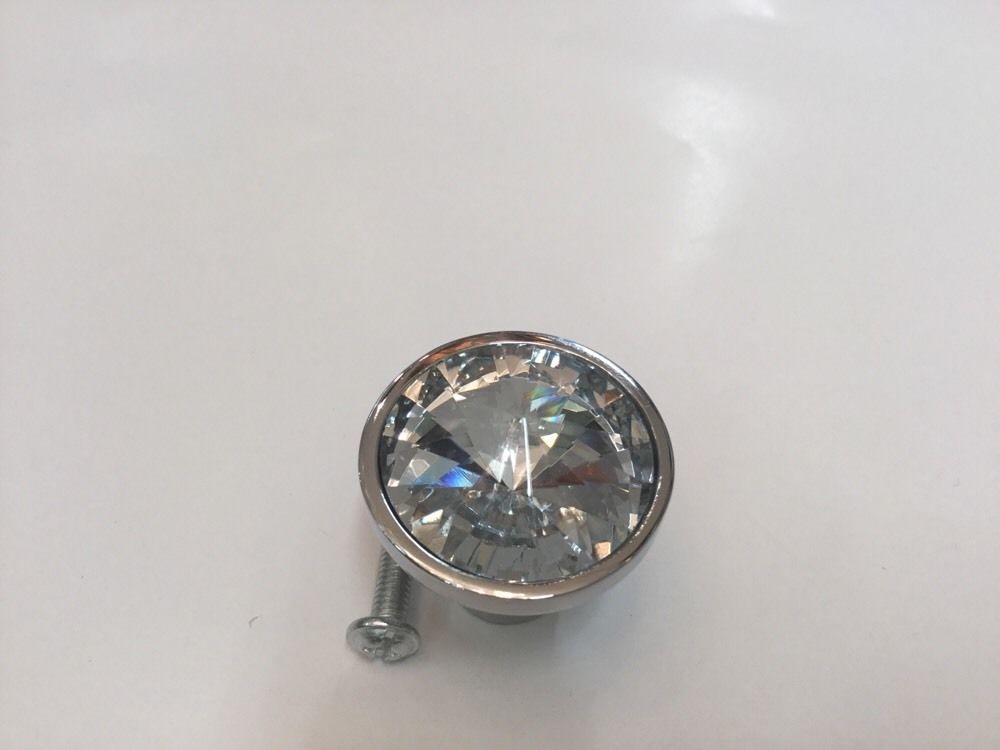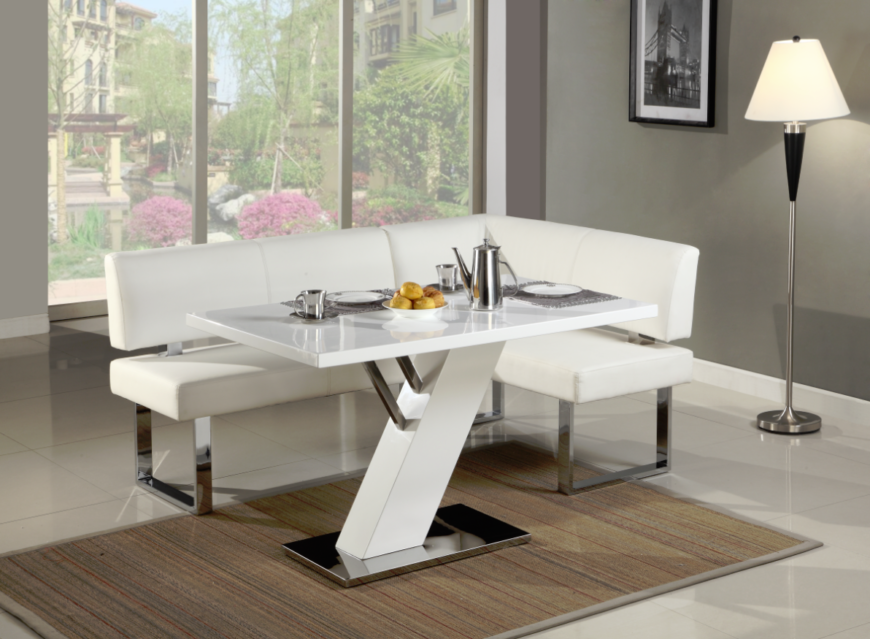When it comes to decorating your dining room, one important element that often gets overlooked is the rug. A well-chosen rug can tie the room together and add warmth and texture to the space. However, choosing the right size rug for your dining room can be a bit tricky. Here's a guide to help you find the perfect rug size for your dining room. Rug Size Guide: How to Choose the Right Size Rug for Your Dining Room
Rule 1: Measure your dining room table. Before you start shopping for a rug, you need to know the size of your dining room table. This will help you determine the ideal rug size for your space. As a general rule, your rug should be at least 2 feet wider and longer than your table. Rule 2: Consider the shape of your dining room table. If you have a rectangular table, a rectangular rug will work best. Round tables look great with round rugs, while square tables can work with either a square or round rug. Rule 3: Leave enough space around the edges. When measuring for your rug, make sure to leave enough space around the edges of your table. This will prevent chairs from getting caught on the edge of the rug when pulled out. A good rule of thumb is to leave at least 18 inches of space around the edge of your table. Rule 4: Consider the size of your dining room. In addition to the size of your table, you also need to consider the size of your dining room. A large dining room can accommodate a larger rug, while a smaller dining room may need a smaller rug to avoid overwhelming the space. Rule 5: Think about the shape of your room. The shape of your dining room can also play a role in choosing the right rug size. For example, if your dining room is long and narrow, a rectangular rug can help visually widen the space. If your dining room is square, a square or round rug can help balance the space. 5 Rules for Choosing the Perfect Dining Room Rug
The short answer is yes, a rug is necessary for your dining room. Not only does it add visual interest and tie the room together, but it also serves a practical purpose. A rug can protect your flooring from spills and scratches caused by chairs being pulled in and out. In addition, a rug can also help with noise reduction in the dining room, making for a more comfortable and enjoyable dining experience. Plus, a rug can add a layer of warmth and coziness, especially in colder months. Do You Need a Rug Beneath Your Dining Table?
Now that you know the rules for choosing the right size rug, it's time to consider other factors that can help you find the perfect dining room rug. Here are some tips to keep in mind: Consider your style: Your rug should complement the overall style and decor of your dining room. For a traditional look, opt for a rug with a classic pattern. For a more modern feel, choose a rug with a geometric or abstract design. Think about durability: Since the dining room is a high-traffic area, it's important to choose a rug that can withstand daily use. Look for materials like wool or polypropylene that are durable and easy to clean. Don't be afraid to go bold: A rug is a great opportunity to add a pop of color or pattern to your dining room. Don't be afraid to choose a bold rug that will make a statement and add personality to the space. Consider the texture: In addition to color and pattern, the texture of a rug can also add interest to your dining room. Look for rugs with a high pile or shag texture for added coziness, or opt for a flatweave rug for a more sleek and modern look. How to Choose the Perfect Dining Room Rug
Do: Choose a rug that is easy to clean and maintain. As mentioned before, the dining room is a high-traffic area, so it's important to choose a rug that can withstand spills and messes. Do: Consider the material of the rug. In addition to durability, the material of the rug can also affect the overall look and feel of your dining room. Natural materials like wool and cotton can add warmth and texture, while synthetic materials like polypropylene can be more budget-friendly. Don't: Choose a rug that is too small for your dining room. A rug that is too small can make the space feel disjointed and unbalanced. It's better to go slightly bigger than too small. Don't: Be afraid to layer rugs. If you have a large dining room, consider layering a smaller rug on top of a larger one for added dimension and interest. The Dos and Don'ts of Choosing an Area Rug for Your Dining Room
A rug is an essential element in any dining room for both practical and aesthetic reasons. It can add warmth and texture to the space, protect your flooring, and help with noise reduction. Plus, a well-chosen rug can elevate the overall look and feel of your dining room. Why Every Dining Room Needs a Rug
Choosing the right rug for your dining room may seem like a daunting task, but with these tips and guidelines, you can find the perfect rug for your space. Remember to consider size, style, durability, and texture when making your selection. And if you're still unsure, don't hesitate to consult with a professional interior designer who can help you choose the perfect rug for your dining room. How to Choose the Right Rug for Your Dining Room
In addition to the aesthetic benefits of a rug in your dining room, there are also practical benefits to consider. A rug can protect your flooring from scratches and spills, reduce noise in the room, and add a layer of warmth and comfort. Plus, a rug can be easily switched out or changed to update the look of your dining room without breaking the bank. The Benefits of Adding a Rug to Your Dining Room
When measuring for a dining room rug, it's important to remember the 2 feet rule. Your rug should be at least 2 feet wider and longer than your dining room table. To get an accurate measurement, follow these steps: Step 1: Measure the length and width of your dining room table. Step 2: Add 2 feet to both the length and width measurements to determine the minimum size rug you need. Step 3: Measure the space around your table, leaving at least 18 inches of space between the edge of your table and the edge of the rug. Step 4: Remember to consider the shape of your room and table when choosing a rug size. How to Measure for a Dining Room Rug
In summary, a rug is an essential element in any dining room. It can tie the space together, add warmth and texture, protect your flooring, and contribute to a more comfortable and enjoyable dining experience. So don't overlook the power of a well-chosen rug when decorating your dining room. The Top Reasons Why You Need a Rug in Your Dining Room
The Benefits of Adding a Dining Room Rug
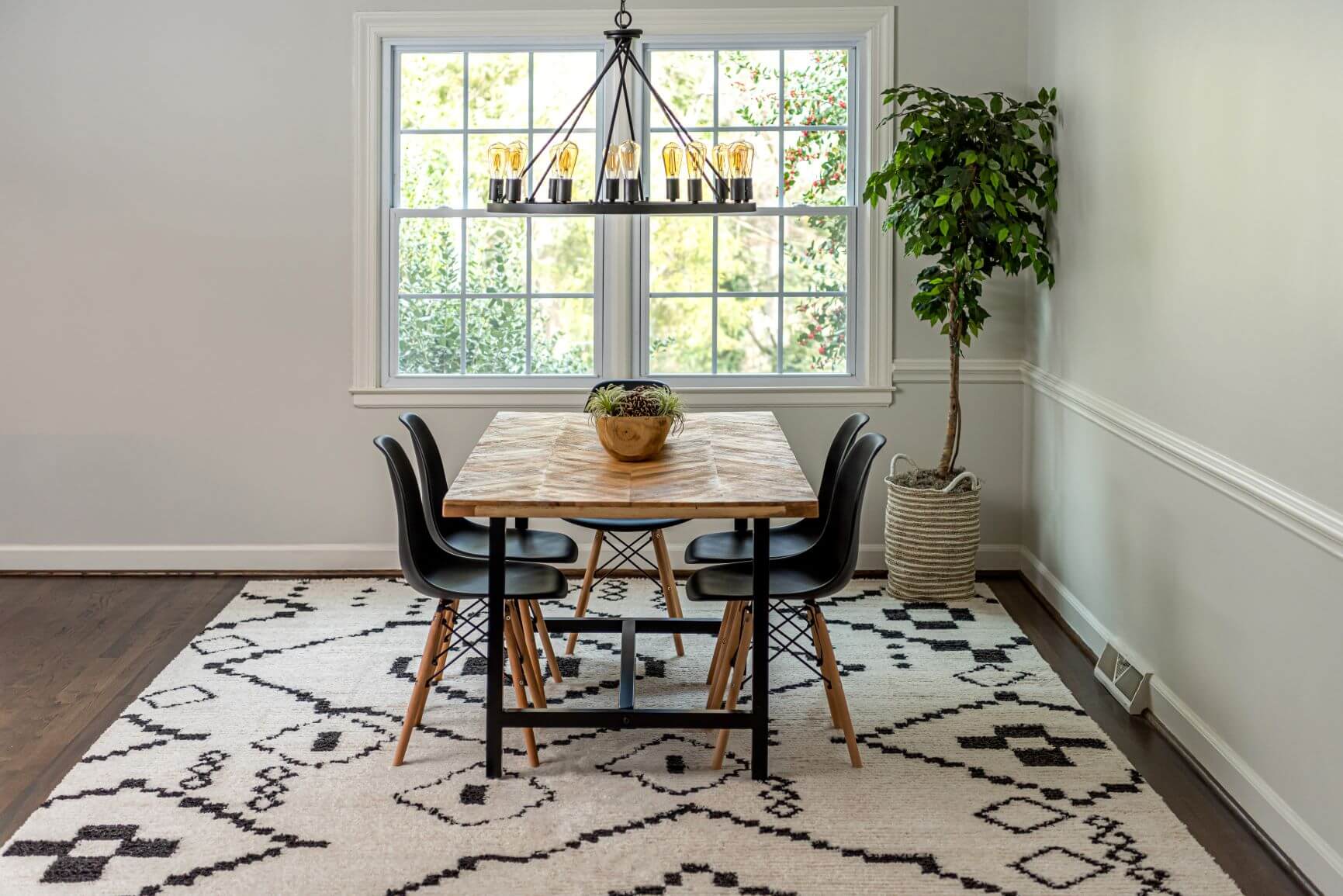
Enhances Aesthetic Appeal
/choose-dining-room-rug-1391112-hero-4206622634654a6287cc0aff928c1fa1.jpg)
One of the main reasons why people choose to add a rug to their dining room is for its aesthetic appeal. A well-chosen dining room rug can instantly transform the look and feel of the entire space. It can add color, texture, and pattern to an otherwise plain and dull room. With the wide variety of rug designs available in the market, you can choose one that complements your existing dining room decor or opt for a bold statement piece that adds a pop of color and personality.
Defines the Space
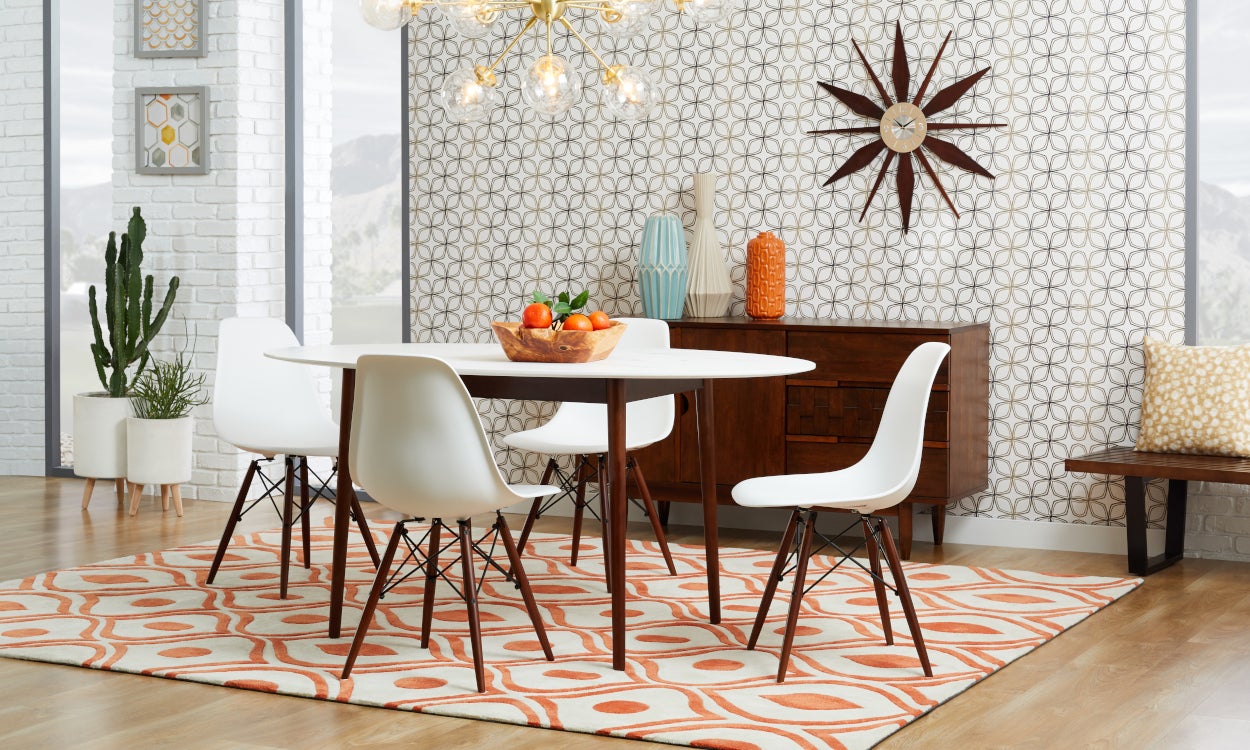
In an open floor plan, the dining room can often get lost in the larger living space. Adding a rug defines the dining area and creates a designated space for meals and gatherings. This is especially helpful for smaller homes or apartments where the dining room and living room may share the same space. A rug can also help separate the dining area from other areas of the house, such as the kitchen or hallway.
Provides Comfort and Warmth

Aside from its visual appeal, a rug also serves a practical purpose in the dining room. It provides comfort underfoot, especially if you have hardwood or tile floors. This is especially beneficial during long meals or gatherings where people may be sitting for extended periods. A rug also adds warmth to the room, both literally and figuratively. In colder months, a rug can help insulate the room and make it feel cozier. And in terms of design, a rug can add a sense of warmth and coziness to the space.
Reduces Noise and Protects Floors
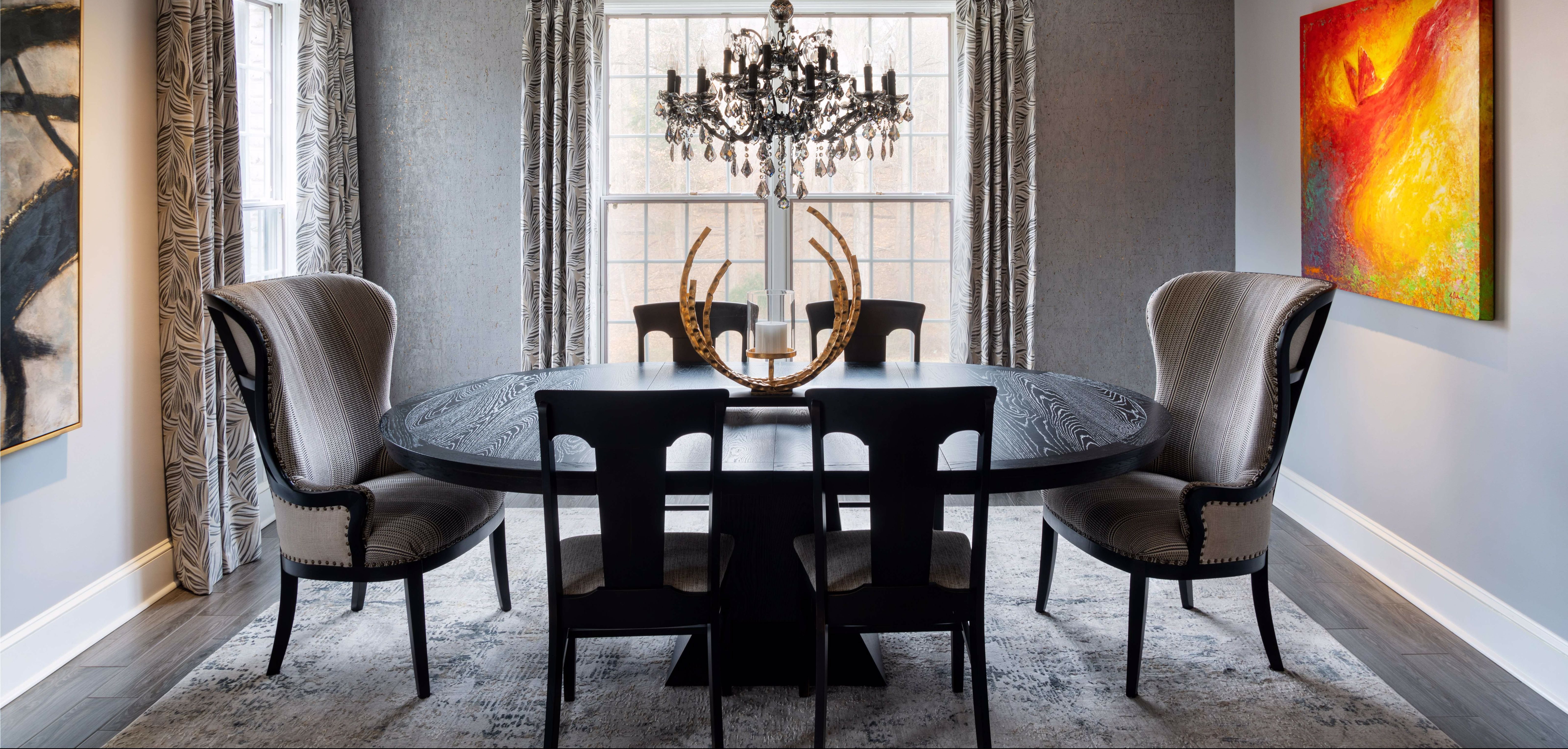
Another advantage of having a rug in the dining room is that it can reduce noise . Hard surfaces like wood or tile can amplify sound, making it harder to have conversations or enjoy a meal without being disturbed by noise. A rug can help absorb some of that sound and create a more peaceful dining experience. Additionally, a rug can protect your floors from scratches, stains, and spills. This is especially important if you have young children or frequently entertain guests in your dining room.
In conclusion, adding a dining room rug has numerous benefits that go beyond just its visual appeal. It can enhance the overall look of your dining room, define the space, provide comfort and warmth, reduce noise, and protect your floors. With so many options available, there is a perfect rug out there for every dining room. Consider adding one to your space and see the difference it makes!


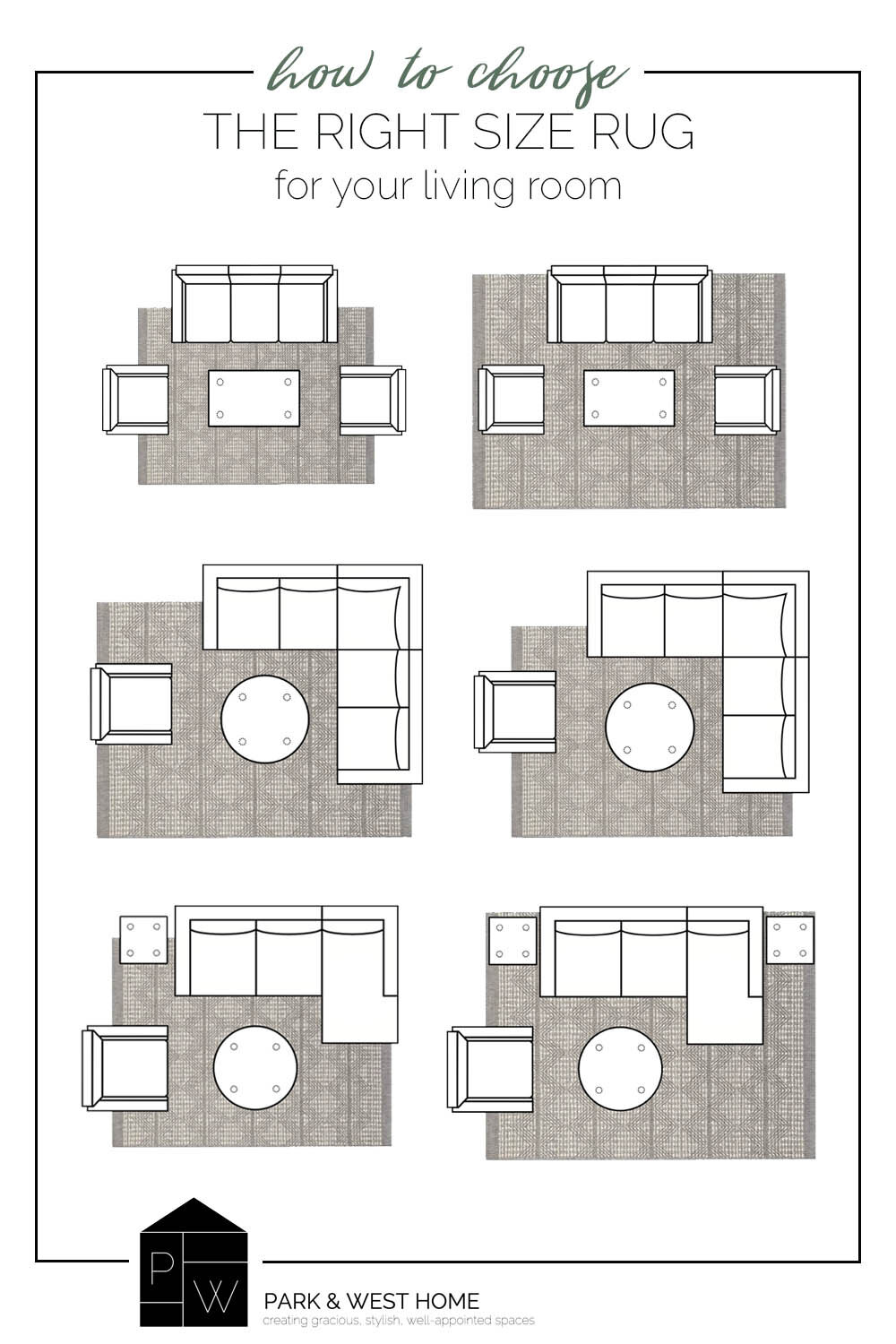
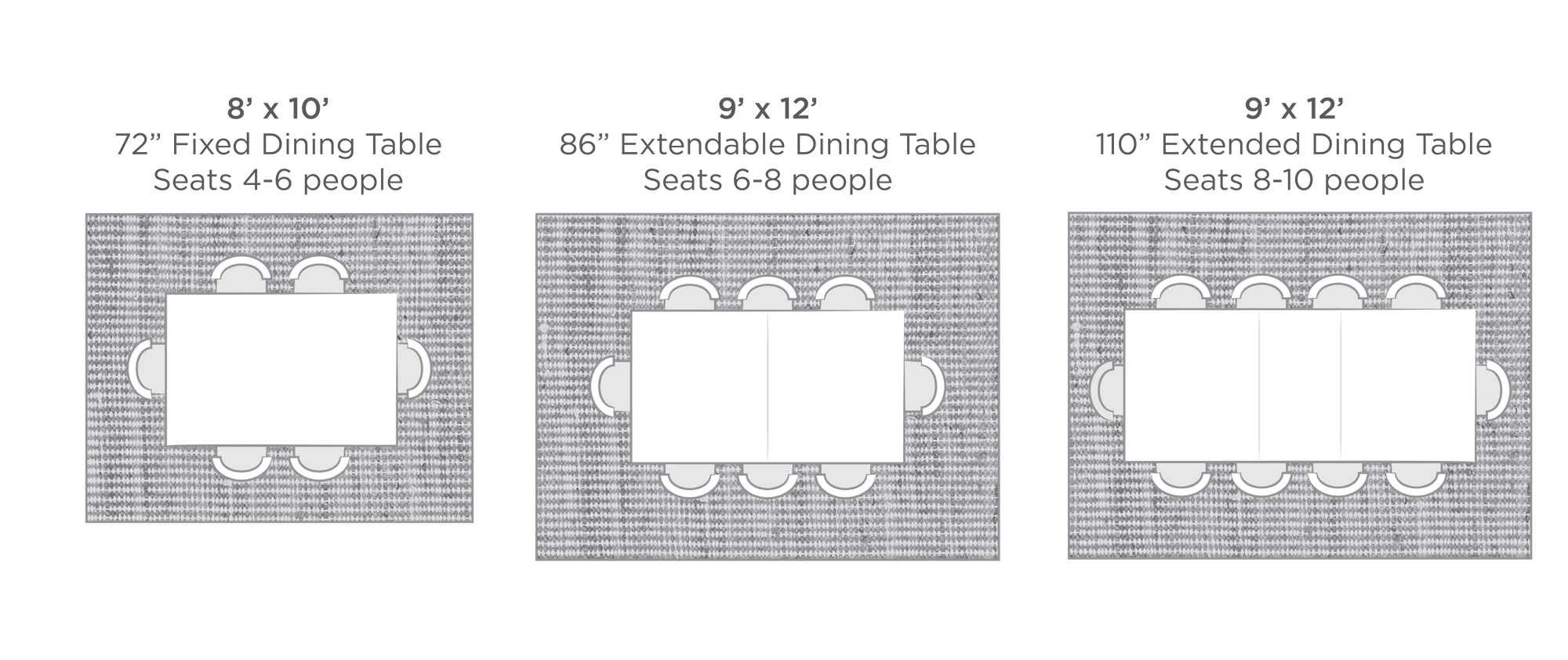
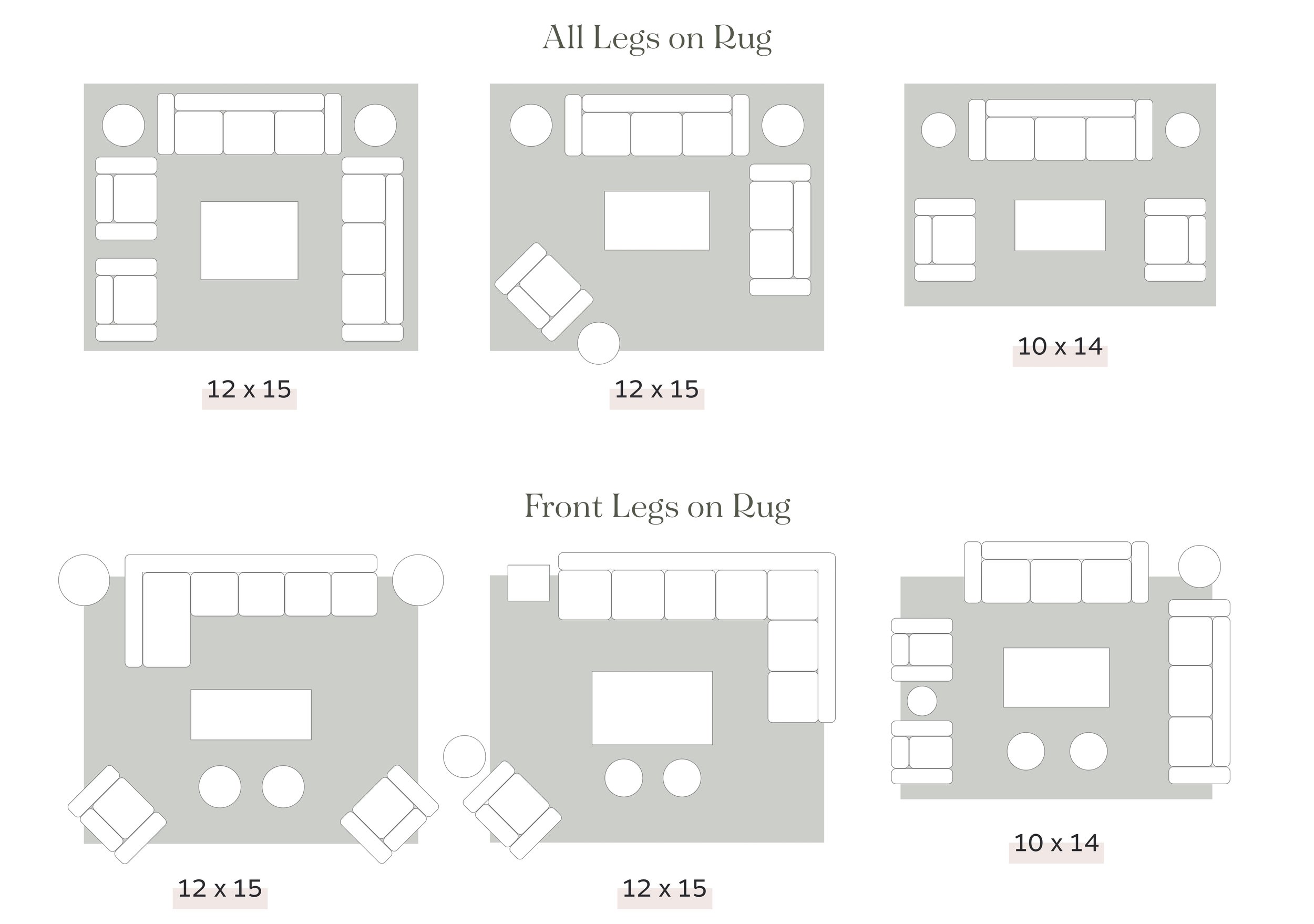


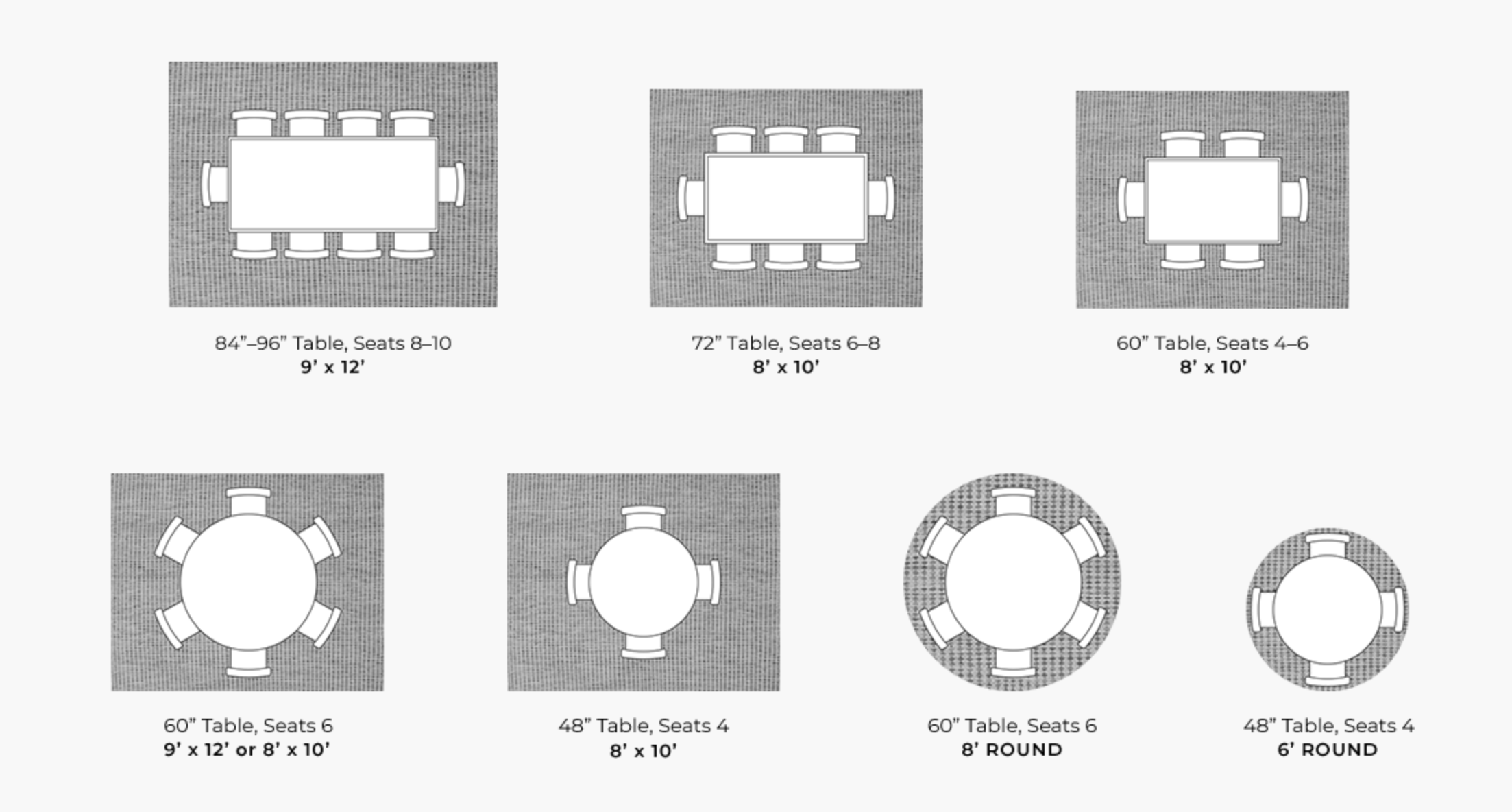





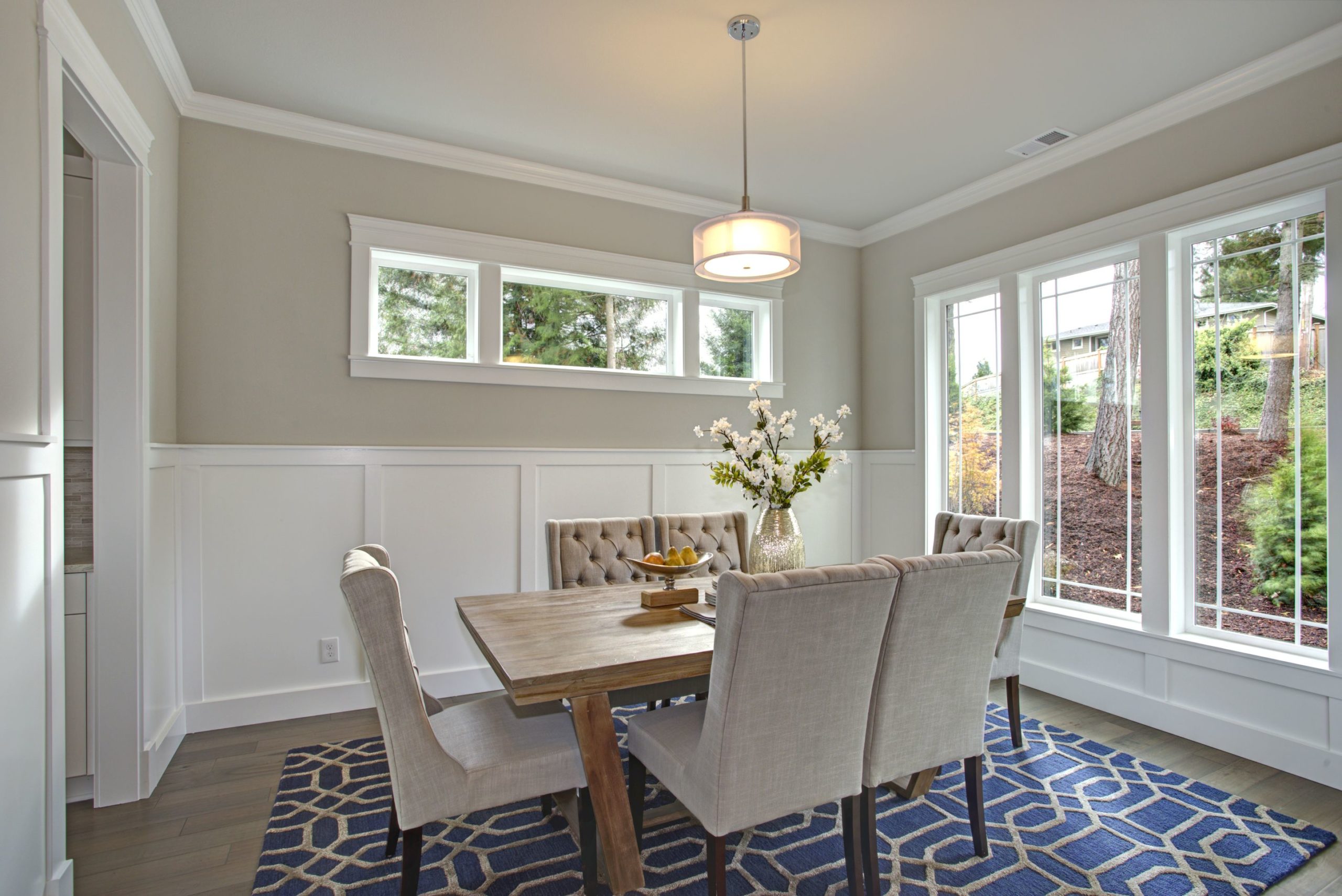






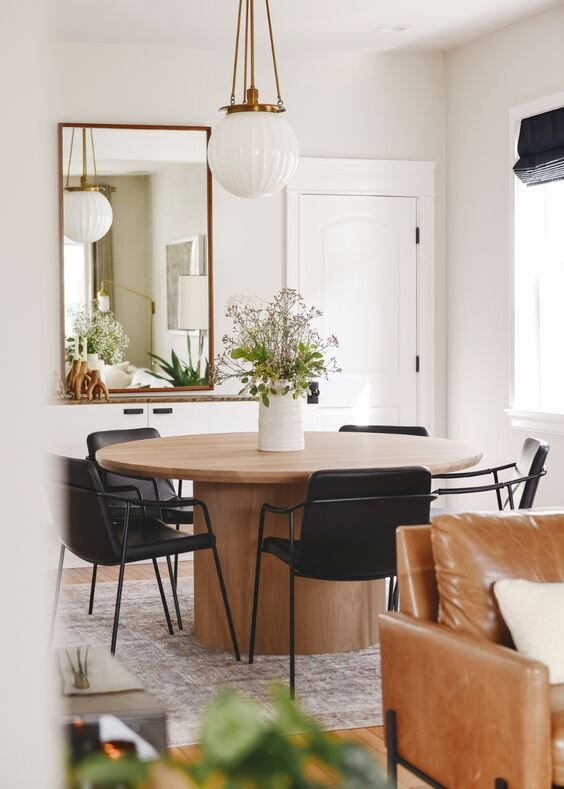




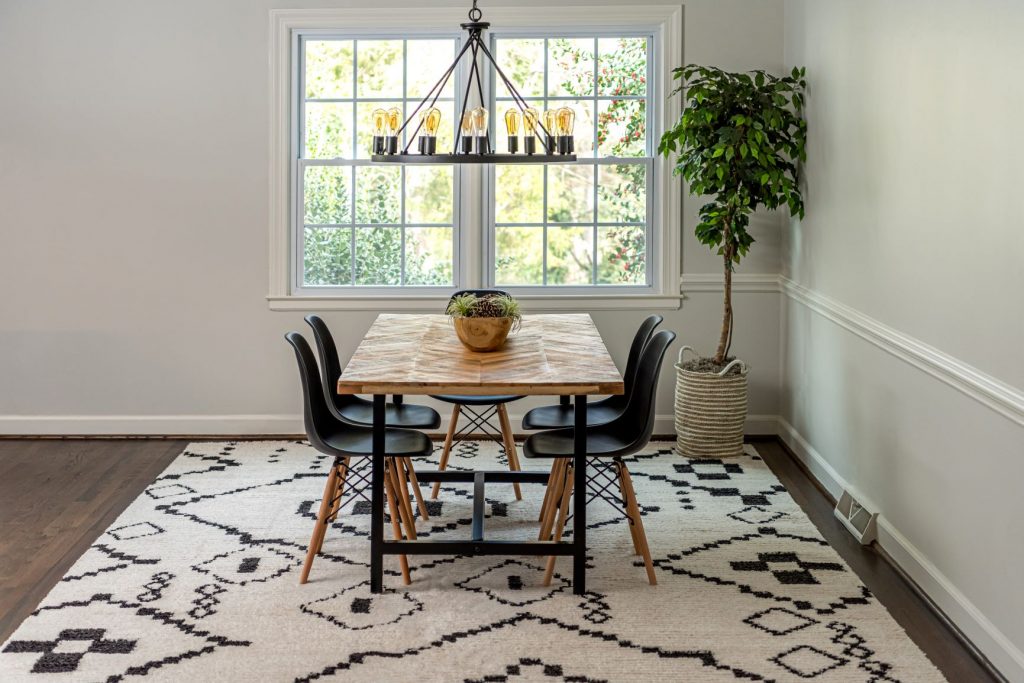

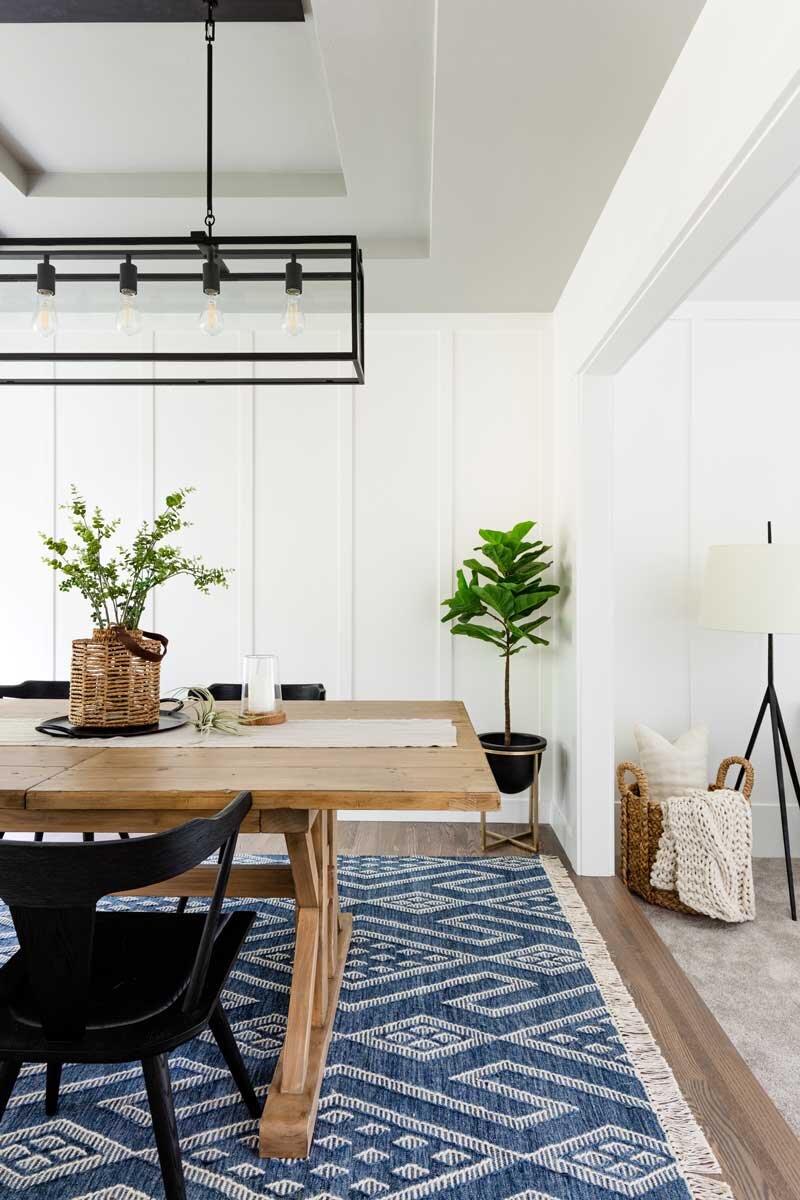



:max_bytes(150000):strip_icc()/DiningRoomwithRug-3034f93d3a964cc8b9ba8b690bebddfb.jpg)




/Retouched-Laura-Genevieve-horizontal-af3b84469eb848d99572faeda9950803.jpg)




